News
26 items found, showing page 1 of 3

Evidence for medieval hair styling at the iconic Eilean Donan castle is revealed as rich archaeological assemblage is acquired for the nation
A rare 13th century tool used for styling hair has been acquired by National Museums Scotland after being discovered during archaeological excavations at one of the country's most famous castles.
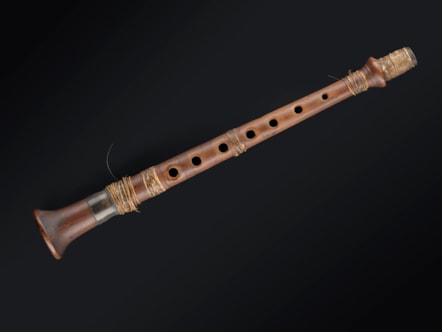
Gaelic stories behind National Museum collection objects revealed
Scotland’s oldest known bagpipe chanter, a horn spoon collected by an Austrian aristocrat and an exquisite medieval rock crystal charmstone are among the Gaelic stories behind 15 objects in the collections of National Museums Scotland which have been published in a new bilingual online resource.

Sgeulachdan Gàidhlig air am foillseachadh mu nithean ann an cruinneachadh an Taigh-tasgaidh Nàiseanta
Tha am feadan pìoba-mhòir as sine ann an Alba, spàin adharcach a chruinnich bean-uasal às an Ostair agus clach-sheuna criostail-creige àlainn às na meadhan-aoisean am measg nan sgeulachdan Gàidhlig air cùl 15 nithean ann an cruinneachaidhean Taighean-tasgaidh Nàiseanta na h-Alba a chaidh fhoillseachadh ann an goireas ùr dà-chànanach air-loidhne.

Prized treasure from the Galloway Hoard to go on show for the first time in Kirkcudbright
A unique rock crystal jar found as part of the Galloway Hoard will go on public display for the first time later this year. The Galloway Hoard: Rock Crystal Jar will open on 8 November 2025, at Kirkcudbright Galleries, near where the Hoard was first discovered.
![Curator Dr Sarah Laurenson with objects from the collection of National Museums Scotland to be studied as part of new Gaelic language project, Tha Sgeul Ri Innse [credit Duncan McGlynn]-9](https://cdn.prgloo.com/media/f1f4298deb52493e902256404e503710.jpg?width=442&height=663)
New research project to reveal Gaelic stories behind museum objects
Powder horns from the 17th to 19th century, a road sign from Skye and a handmade crogan, or earthenware pot, are among 100 objects to be reappraised in a new project which aims to reveal the Gaelic stories and connections behind material held in the National Collection.
![Curator Dr Sarah Laurenson with objects from the collection of National Museums Scotland to be studied as part of new Gaelic language project, Tha Sgeul Ri Innse [credit Duncan McGlynn]-9](https://cdn.prgloo.com/media/f1f4298deb52493e902256404e503710.jpg?width=442&height=663)
Pròiseact rannsachaidh ùr gus na sgeulachdan Gàidhlig air cùl stuthan taigh-tasgaidh a shealltainn
Tha adhaircean pùdair bhon 17mh chun 19mh linn, soidhne-rathaid às an Eilean Sgitheanach agus crogan crèadha am measg 100 rud a thèid ath-mheasadh ann am pròiseact ùr a tha ag amas air na sgeulachdan agus na ceanglaichean Gàidhlig air cùl stuth a tha sa Chruinneachadh Nàiseanta fhoillseachadh.
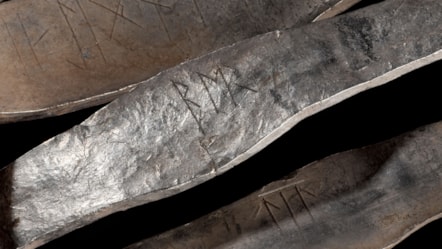
New runic translation reveals community ownership of the Galloway Hoard
On the eve of its unveiling in Adelaide on the first leg of an international tour, the first translation of a runic inscription on an arm ring from the Viking-age Galloway Hoard has cast fascinating new light on who might have owned the famous treasure.
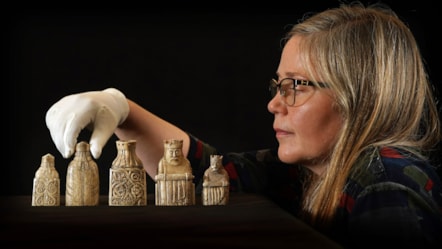
Redisplay of the Lewis chess pieces allows them to be seen in full for the first time
Press images can be downloaded here
The iconic Lewis chess pieces can now be viewed from a very different angle thanks to a new display at the National Museum of Scotland. Among the best-known objects in Scotland’s most popular visitor attraction, ten of the medieval gaming pieces have been redisplayed in a new case which allows visitors to view their backs for the first time.
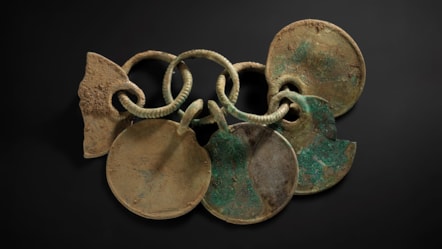
Unique Bronze Age Hoard acquired for the nation
One of the most significant hoards ever found in Scotland has been saved for the nation, having been acquired by National Museums Scotland. The Bronze Age Peebles Hoard was discovered in the Scottish Borders by a metal detectorist in 2020. It has since been painstakingly excavated, analysed and catalogued, revealing dozens of rare objects for the first time. Efforts are now underway to secure funding for the continued research and conservation of the hoard and to uncover the secrets of this one-of-a-kind discovery.
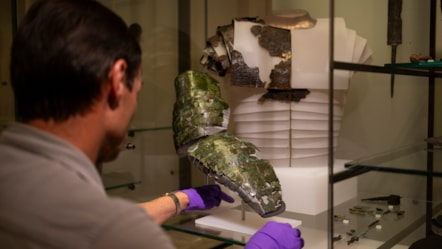
Rare Roman armour goes on permanent display at the National Museum of Scotland
An exceptionally rare piece of Roman armour which was recently reconstructed from dozens of fragments has gone on display in its entirety for the first time in Scotland.
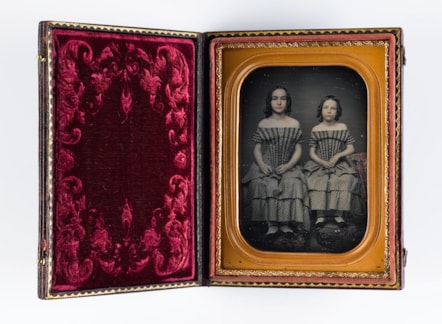
Major collection of photography spanning a century is saved for the nation
An important collection of photography and photographic equipment has been saved for the nation and allocated to National Museums Scotland under the Acceptance in Lieu scheme.
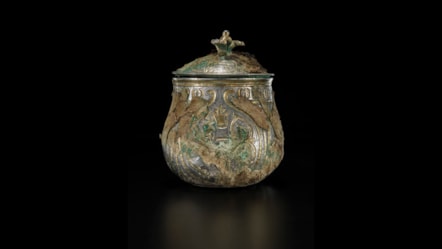
Distant origin of star object from the Galloway Hoard revealed ahead of its first public display
On the 10th anniversary of its discovery, new research and conservation has revealed the West Asian origin of the lidded vessel which contained many of the unique treasures that comprise the Viking-age Galloway Hoard, and which will go on public display for the first time later this month.
